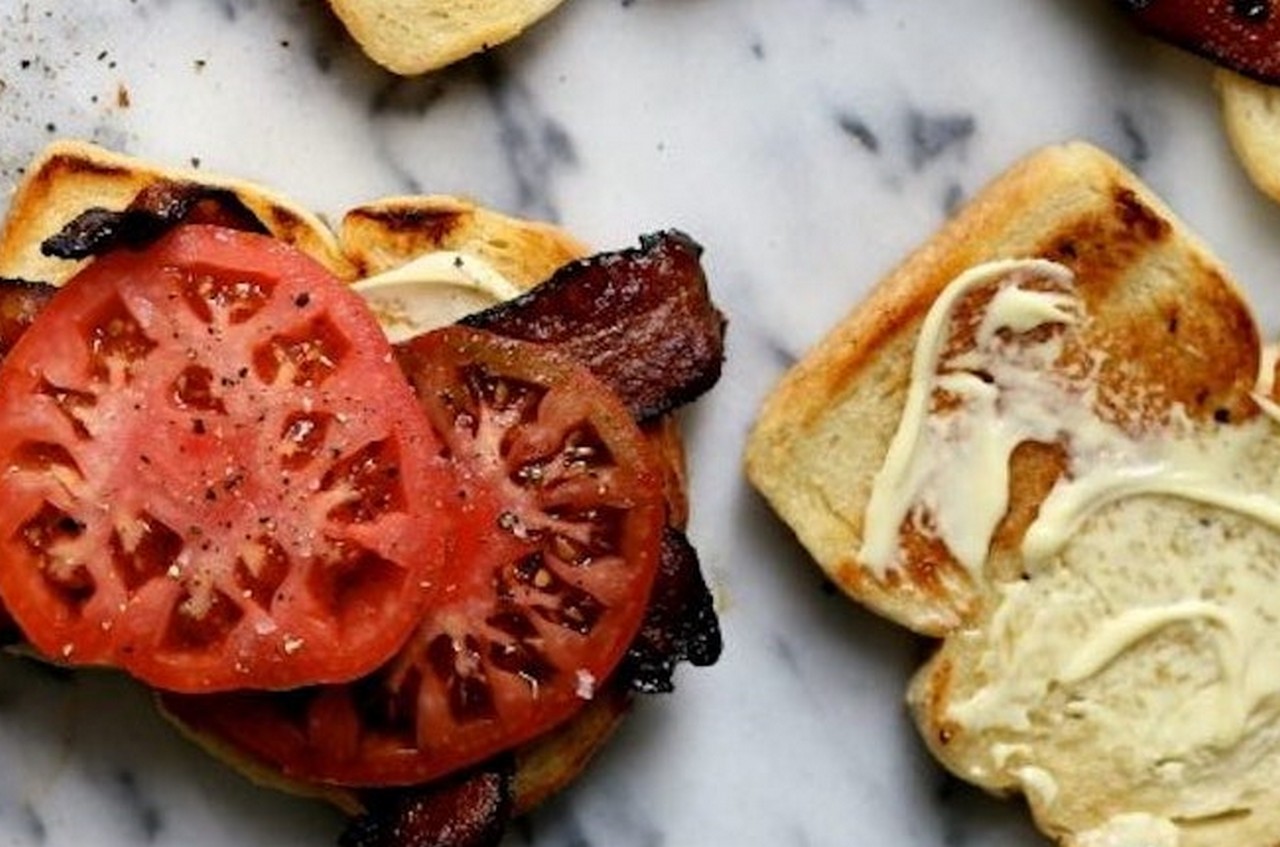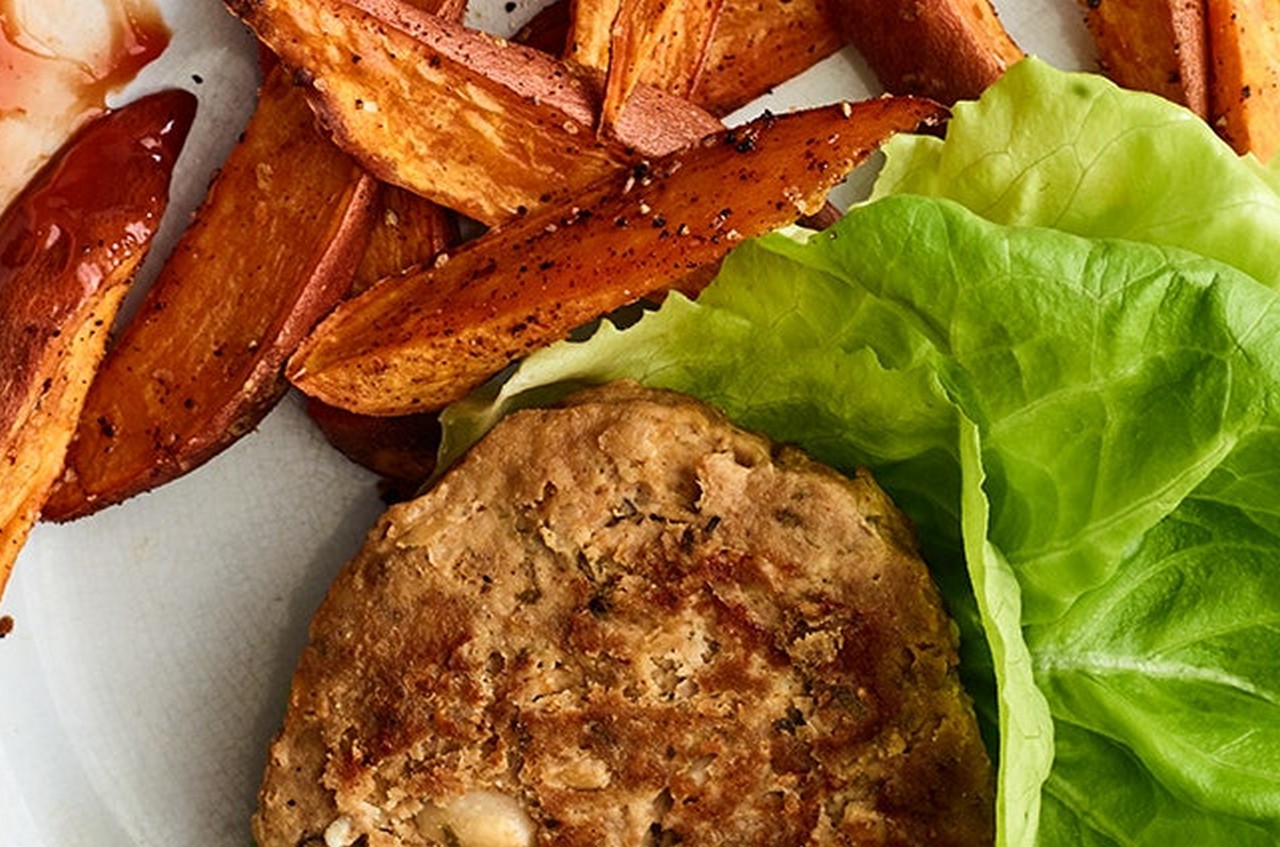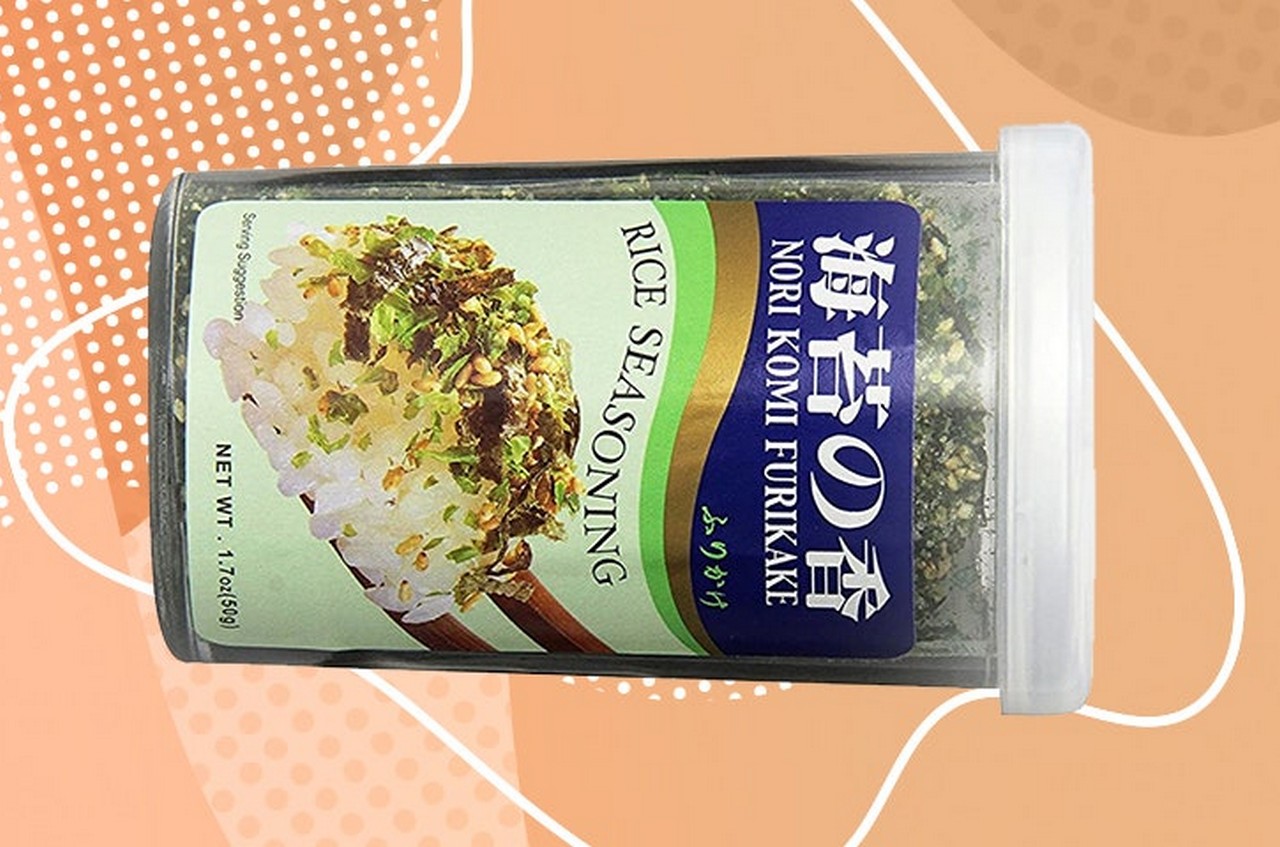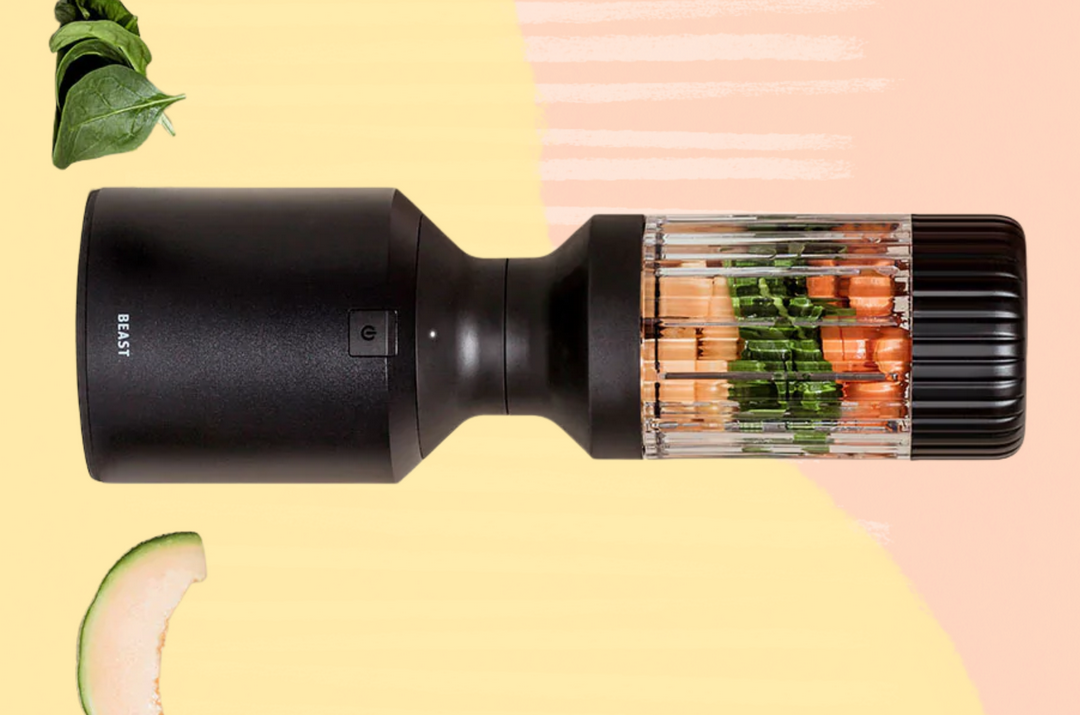
If you’ve pledged to get healthier and develop healthy eating habits in the new year, you’re not alone. While New Year’s resolutions come in every form, many of us sit down in December and decide this year’s the year to really, truly commit to eating healthier and smarter. Finally, we’re going to eat less sugar, get that whole portion control thing down, snack on actual fruits and veggies, and stop downing a pint of ice cream right before bed. But even if you really mean it, without an actual plan and strategy in place, your resolutions are more than likely to fall short.
Adopting healthy eating habits is worth it, though. They’ll stick with you throughout the year, instead of disappearing mid-February like half the people at the gym. Susan Albers, Psy.D., clinical psychologist at the Cleveland Clinic and expert in mindful eating, tells SELF that developing better and truly sustainable habits is the cornerstone to success. “We love habits because we do them without much conscious effort,” Albers says. “They don’t feel like work. Quick fixes are like putting a Band-Aid on a broken arm.”
If you’re going into January with the mindset that a habit change is what you need, not just a crash diet that’ll help you drop pounds fast, you’re already on track. To help you reach your goal faster, here are some super simple tweaks you can make to how you eat.
1. Eat the rainbow.
“Every fruit and vegetable has different colors based on the different minerals, vitamins, phytochemicals, and antioxidants it contains,” Brigitte Zeitlin, M.P.H., R.D., C.D.N., founder of the New York-based BZ Nutrition, tells SELF. The more colors you paint your plate with, the more variation you’re getting nutrient-wise. Plus, it keeps things interesting so you don’t get bored. Speaking of which…
2. Try new foods.
“We seem to eat the same foods repeatedly. This limits our nutritional range,” Albers says. “Be adventurous. Try new foods.” You might just discover a new favorite you’ve been missing all this time.
3. Pay attention to your food.
“Mindful eating is paying more attention to how you eat, being more present to make better food choices,” Albers says. It’s “like laying a strong foundation of a house,” she explains. “If you get the mindful eating down, you will have an easier time creating new habits.” Stop eating in front of the TV or computer, put down all distractions, and actually pay attention to what you’re putting on your plate and in your mouth. You’ll feel more satisfied, stop eating when you’re truly full, and ultimately make healthier choices.
4. Eat slower.
Pause before taking a bite, and chew slowly and intentionally, Albers suggests. This will help you bring your focus back to the task at hand (eating) and keep you from mindlessly scarfing down more than your body really wants or needs.
5. Find better ways to manage stress.
Albers notes that stress eating is a bad habit for so many people. By finding other ways to cope with stress, you’ll slowly stop turning to food for comfort. Whether it’s reading a good book, getting a manicure, cooking, going for a run, or whatever else helps you blow off some steam and regroup, find something that helps you unload your stress other than food.
6. Read ingredient labels.
The only way you’ll finally cut back on added sugar or eat less sodium—whatever your specific healthy-eating ambition—is if you know what’s in the food you’re consuming. Packaged foods we buy at the grocery store can have a lot of unnecessary ingredients. Jackie Baumrind, M.S., C.D.N., a dietitian at Selvera Wellness, suggests buying foods with a shorter list so that you’re eating the nutrients that are naturally in foods—a good way to stay within healthy limits of things like fat, carbs, and sugar.
7. Cook more.
The best way to know what’s in your food? By making it yourself. You can also better control your portion sizes—“If you serve yourself, you tend to eat less,” Baumrind tells SELF. She suggests playing around with spices to create flavorful dishes you love with less sugar and salt than you’d find at a restaurant.
8. Develop a routine.
“This way you click into doing it even when you don’t feel like it,” Albers says. Eat meals around the same times every day, or dedicate Sunday mornings to meal prep. Once it becomes routine, it’ll come more naturally.
9. Reorganize your kitchen.
“Put treats out of sight and off the counter. Put a fruit bowl right on the counter,” Albers suggests. A “mindful makeover” will help prevent cravings and give you a chance to really decide what your body wants and needs.
10. Never let yourself become starving.
We all know how this goes. We get wrapped up in work, or kids, or whatever else is distracting us, and before you know it, it’s 3 P.M. and you haven’t eaten since 8 A.M. When we’re ravenously hungry, we give into not-so-healthy cravings, or binge on more than we need because our brains are telling us to EAT. By planning out meals and snacks throughout the day, you can prevent this from happening.
11. Whip out the measuring cups.
Most of us struggle with portion control, and many times, it’s a total accident. We just don’t know what a true portion size looks like. “Take time on a Sunday and get out the measuring cups,” Baumrind suggests. “Just get a basic idea of what a portion size looks like, so your eyes and stomach and brain are on the same page.” When you’re familiar with how things look, then you can better eyeball it at restaurants and holiday parties.
12. Use smaller plates.
Another way to help control your portion sizes? Simply use smaller dishes. “There’s no reason why you have to have a 10-inch plate—you can use a salad plate for a main course,” says Baumrind. “If you’re going to a holiday party, use the larger plate use for fruits and veggies or salad, and the smaller plate for starches and protein.” That way, you can get closer to the right amount of each food without having to whip out your measuring cups mid-party (not recommended).
13. Drink more water.
You need to stay hydrated all day every day, not just when it’s hot outside or you’re sweating it out at the gym. “When it’s cold we forget that,” Baumrind says. “Focus on making sure you’re drinking enough water” by employing tricks like keeping a water bottle at your desk or using an app to track how much you’re drinking. If you drink lots of sugary drinks, try swapping them for unsweetened seltzer water (if the bubbles are what you crave) or fruit-infused water (hey, sugar fiend).
14. Eat veggies first.
“I try to get my clients to start with salad or veggies when they sit down for lunch or dinner, and then dig into the rest,” Baumrind says. Taking the time to chew lettuce and veggies “pulls you into the moment so you’re not mindlessly eating,” she explains. Plus, it’s always a good idea to fill up on the most nutritious foods first.
15. Save leftovers.
When you cook, make enough for an extra meal or two so that you have leftovers in the fridge. This way, you can turn to those instead of grabbing fast food when you’re hungry and crunched for time.
Most Popular
- 5 Less Obvious Signs of Seasonal Depression You Should Definitely Pay Attention To
By Maggie O’Neill
- 42 Creative Valentine’s Day Gifts for Guys
By Sarah Madaus
- Just Some Fun Sex Toys You and Your Partner Will Love
By Gabrielle Kassel
16. Prep meals and snacks.
There are plenty of benefits of meal prep, from eating healthier to saving money. Baumrind emphasizes the importance of also prepping snacks. “You should have a basic idea of what snacks you like and enjoy that you can carry with you,” she suggests. “If you have a plan ahead of time, you tend to snack better and tend to make better decisions on what that snack is.”
17. Read the menu before you go.
If you eat out a lot, get in the habit of reading menus before you go to a restaurant so you can walk in with a game plan, Baumrind suggests. Same goes for holiday parties—plan out in your head what foods you’ll opt for first, and which ones you can do without (aka, the things you don’t actually love but just eat because they’re classic party foods). “You may not be perfect, but at least you’ll be better than if you walk in without a plan.”
18. Go halfsies.
“At home, we don’t usually have an appetizer and whole main course,” Baumrind says. So when you’re out to eat, you should do the same. Ask a friend to split an app, or split both an entree and an appetizer so you can try more than one thing that sounds good. Also, sharing a meal means you have to eat more mindfully, or else risk being that person who hogged all the best parts.
19. Don’t beat yourself up over food.
Eating should be a positive experience. You’re fueling your body and hopefully enjoying the taste while doing so. Want to eat that cookie? Eat that cookie! Love that cookie! Savor it and be glad you did. Focusing too much on eating “right” can become a slippery slope, from paying attention to obsessing. Healthy eating—like so much of life—is all about balance.














